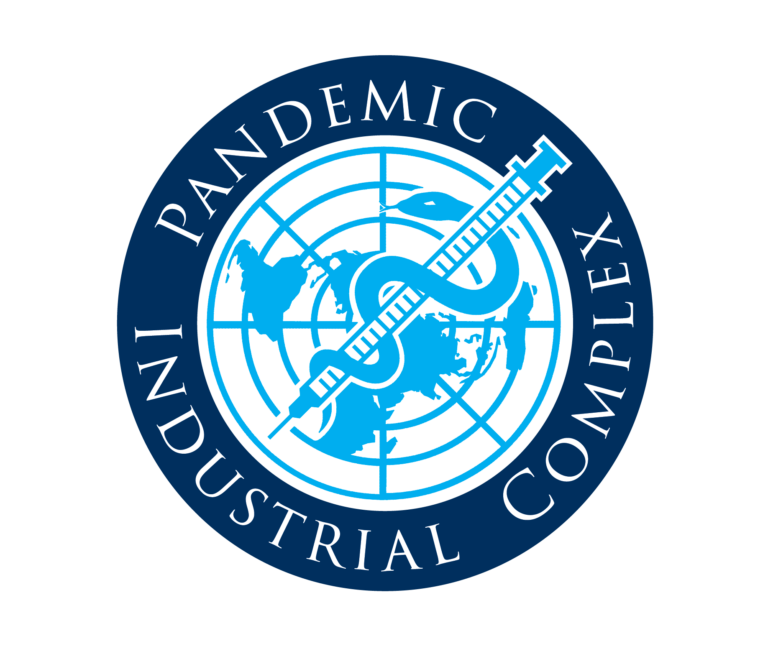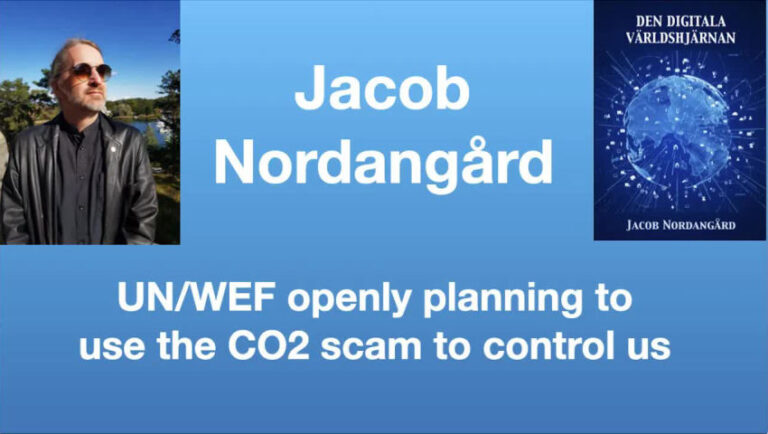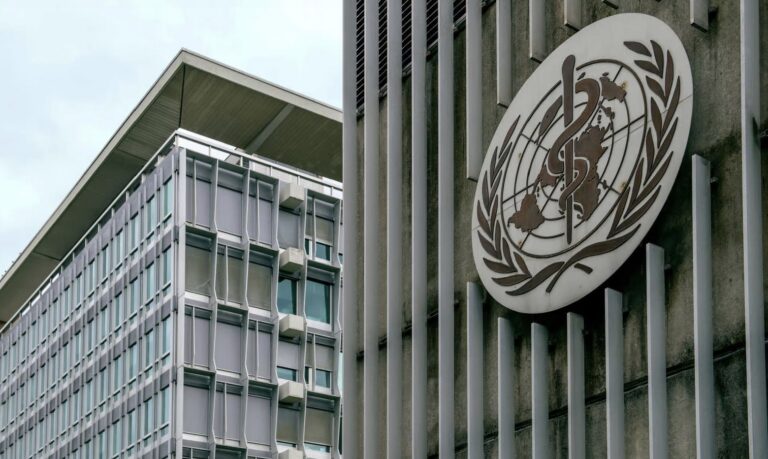What are the simple take-home messages regarding the Pact for the Future?
- It is highly repetitive
- It is replete with aspirational language about how, by following the Agenda for the SDGs or using other unspecified methods, the world’s problems will be solved. No details, of course. No examples.
- However, the Pact acknowledges that essentially no progress has been made on the SDGs since they were established in 2015.
- But what that means is we have to turbocharge our efforts to accomplish them all by 2030, for some obscure reason. [BTW, the planet is claimed to have reached 2.06 degrees C above the limit — briefly — and nothing happened.] [BTW, according to this site https://climate.copernicus.eu/sea-ice-cover-august-2024
- Arctic sea ice extent was 17% below average
- Antarctic sea ice extent was 7% below average, the second-lowest extent for August in the satellite data record—and yet we have not heard of a single city or town under water, and Plymouth Rock is right at the water level it was in 1612.
- The Pact’s language is so poorly crafted in some places that the meaning cannot be understood.
- It seeks to have nations obey commitments apparently made in many earlier documents, but never states exactly what those commitments are.
- It therefore seems to be simply one more puzzle piece in a complex and massive set of international agreements that were crafted to include specific passages that together will transform the way the world is governed.
I selected 37 examples from the Pact to show what the UN is really about, because I have not seen that anyone else has done this. I will repeat the earlier slides because I messed up that post, omitting a slide and showing one twice.
 Loading…
Loading…
Pact For The Future Decoded In 13 Slides








